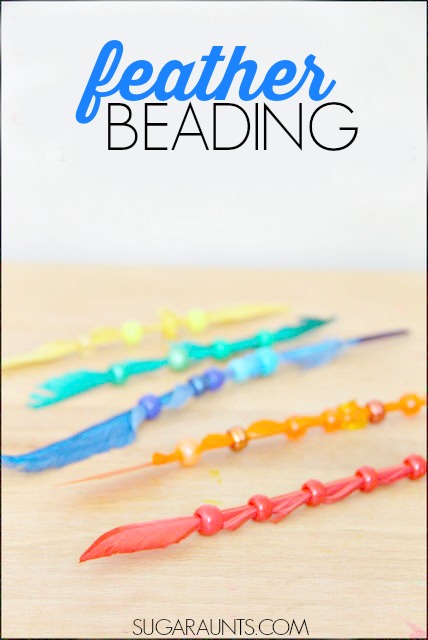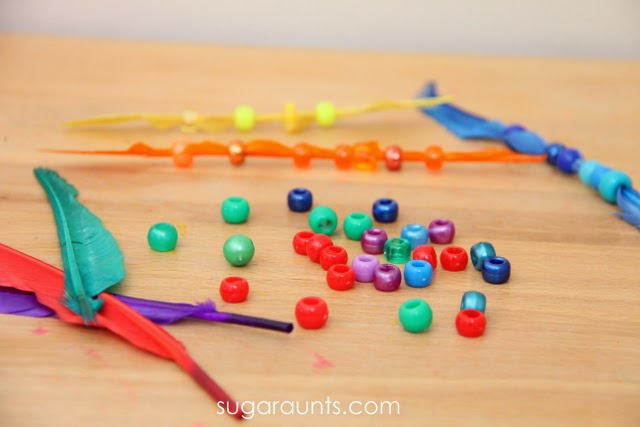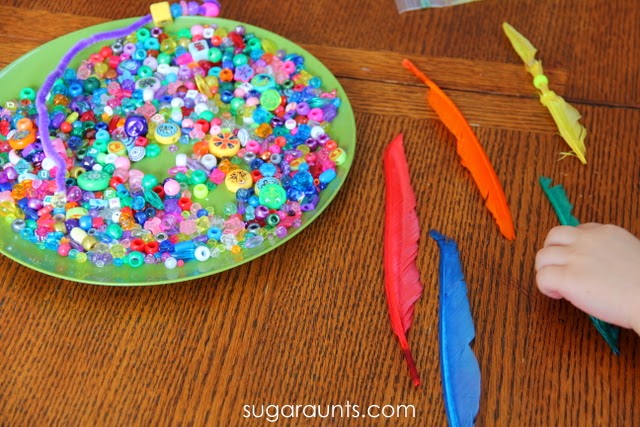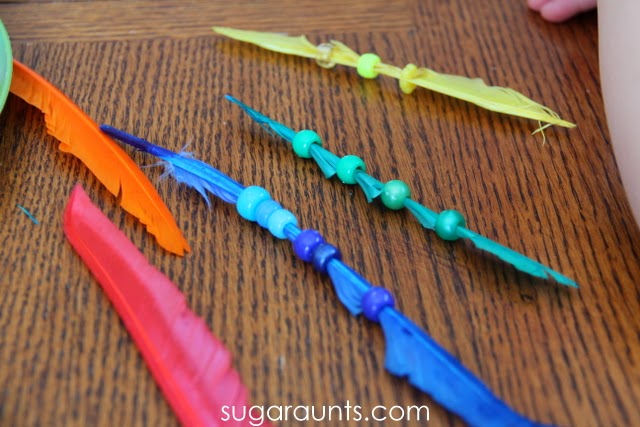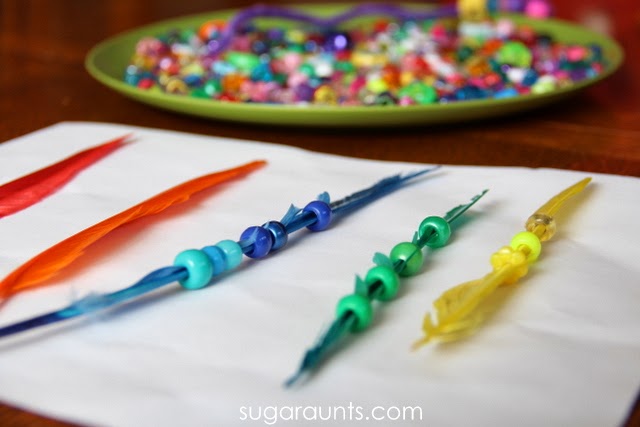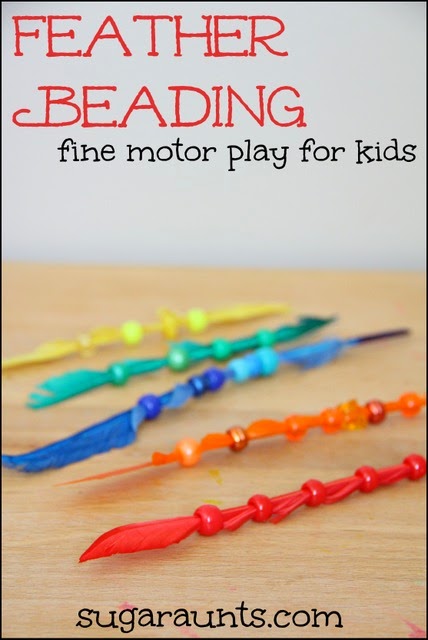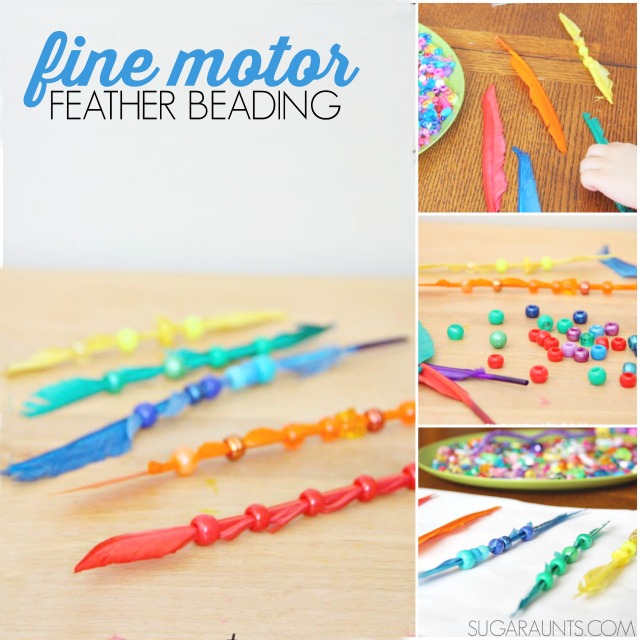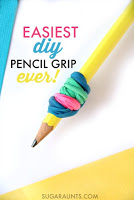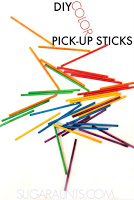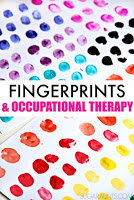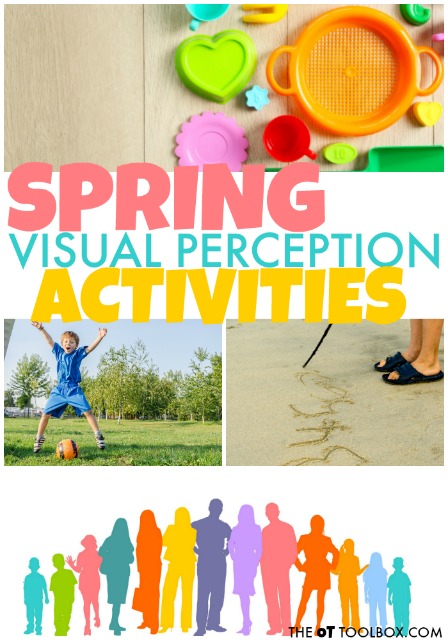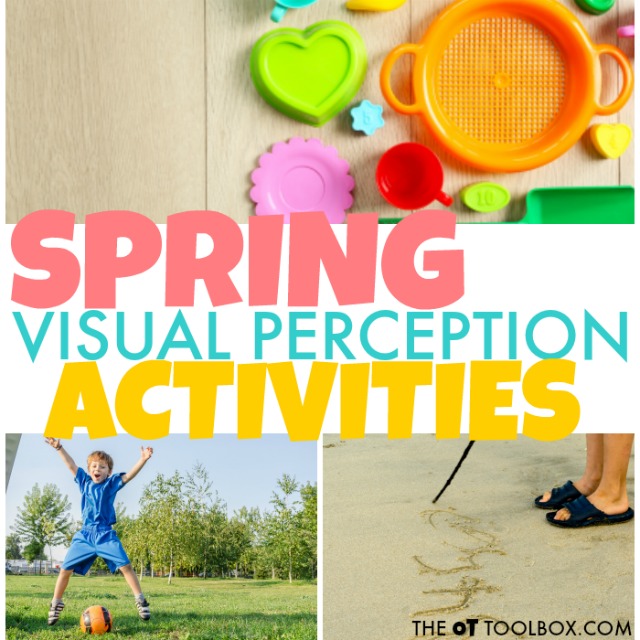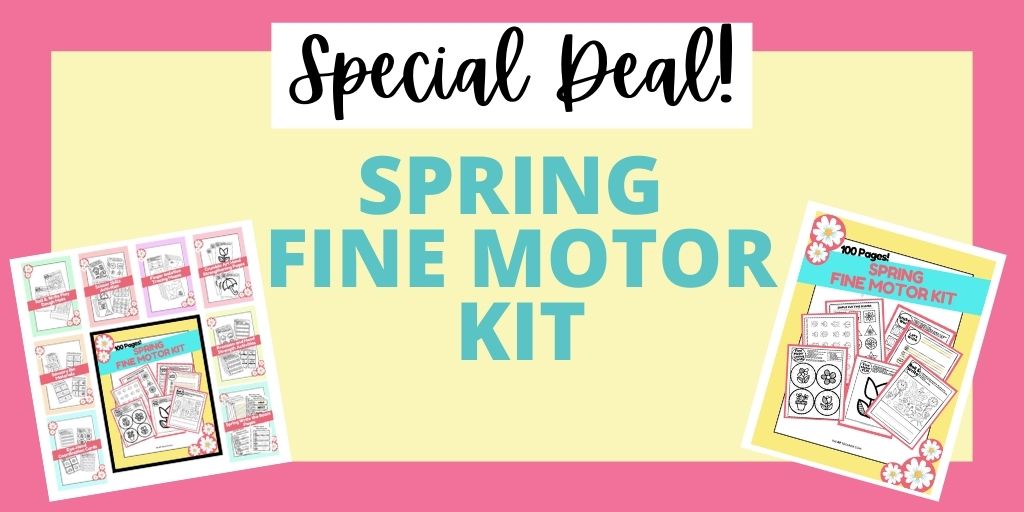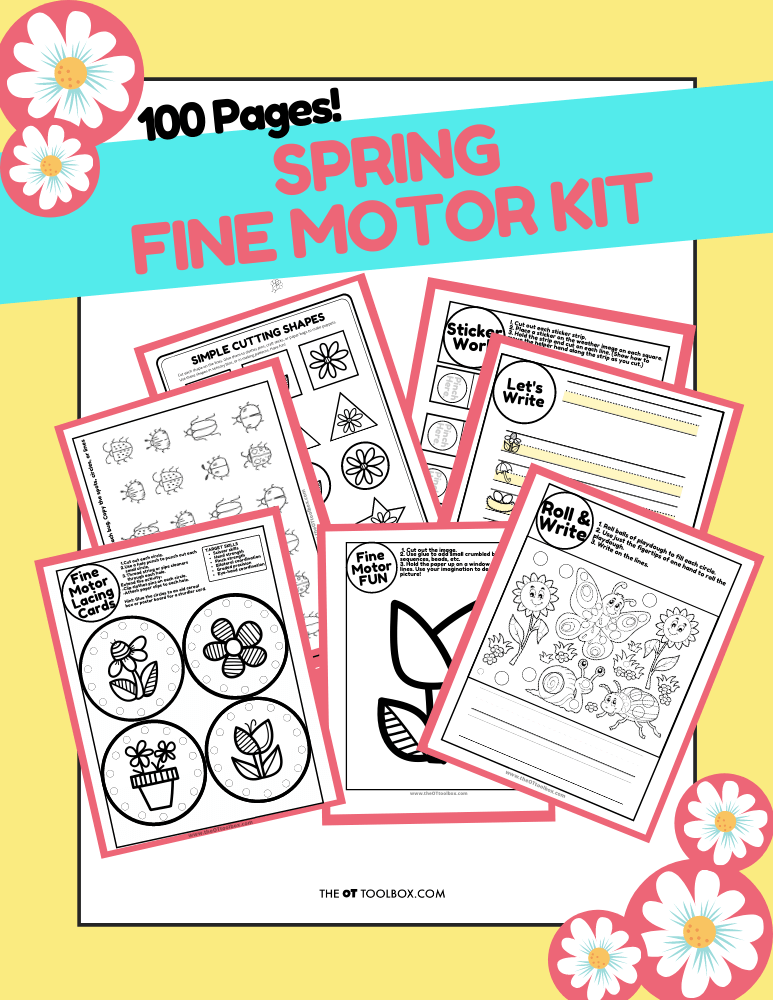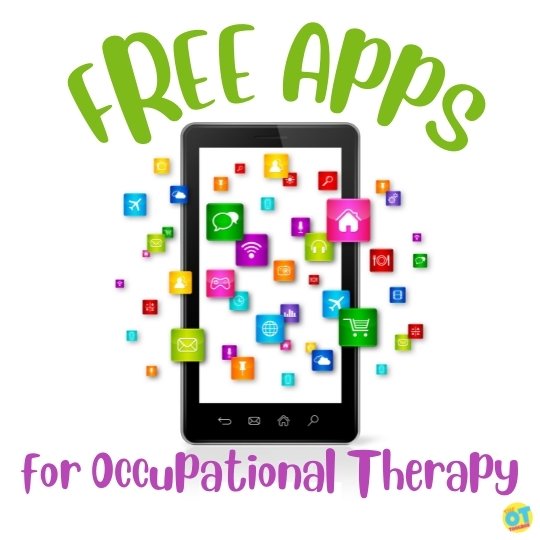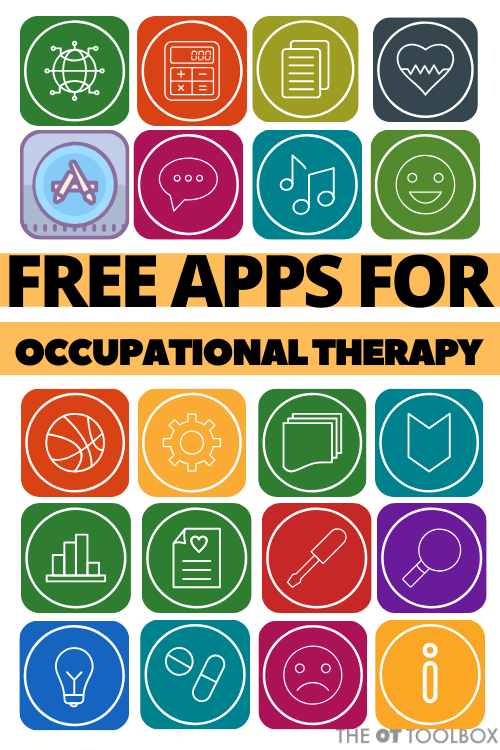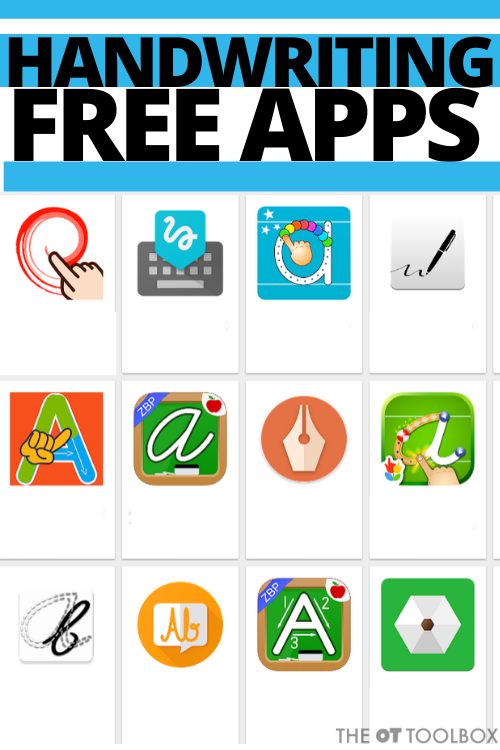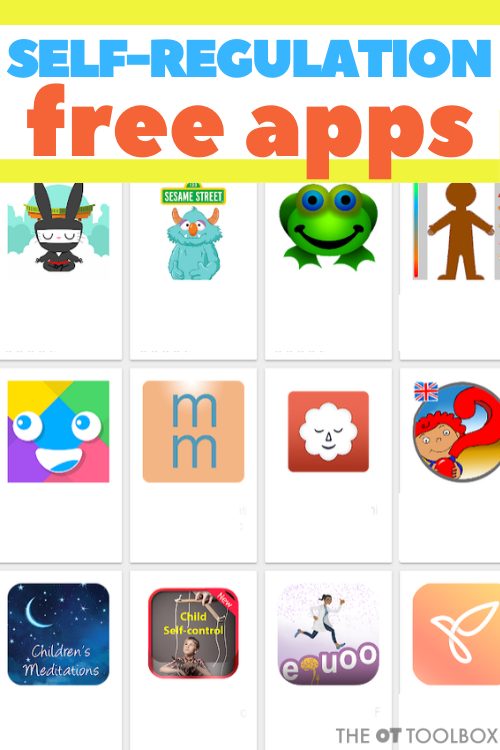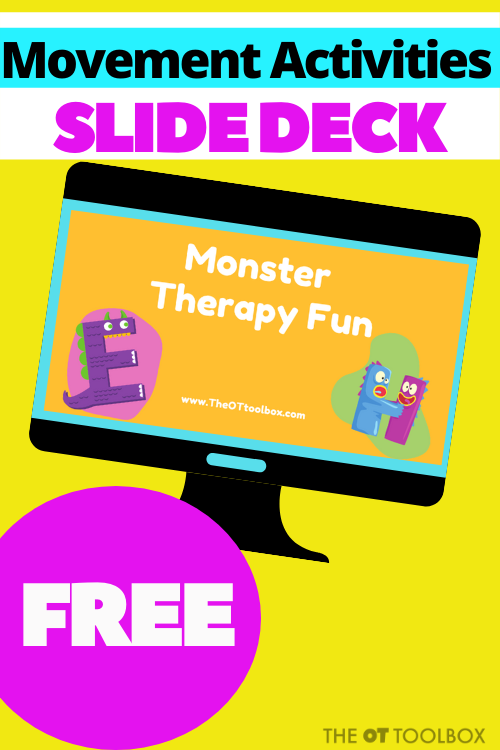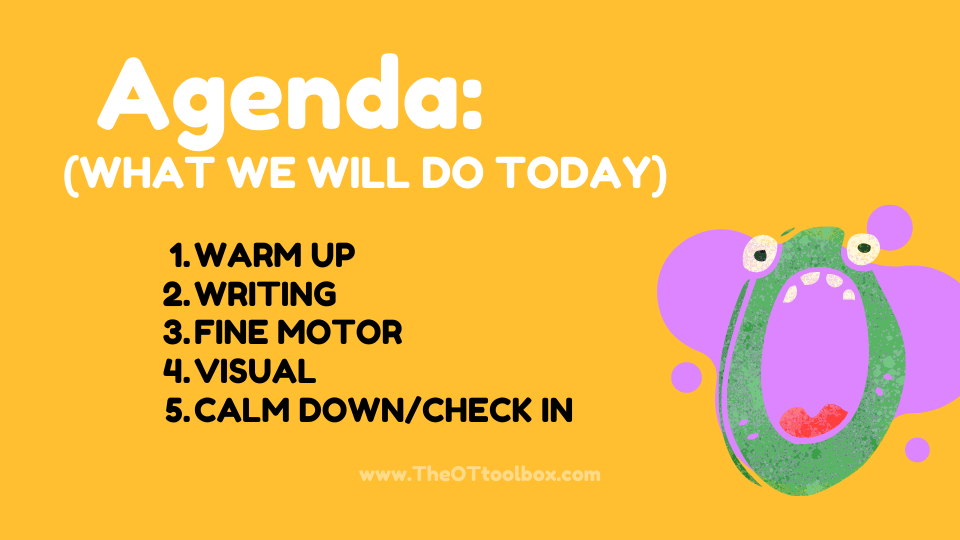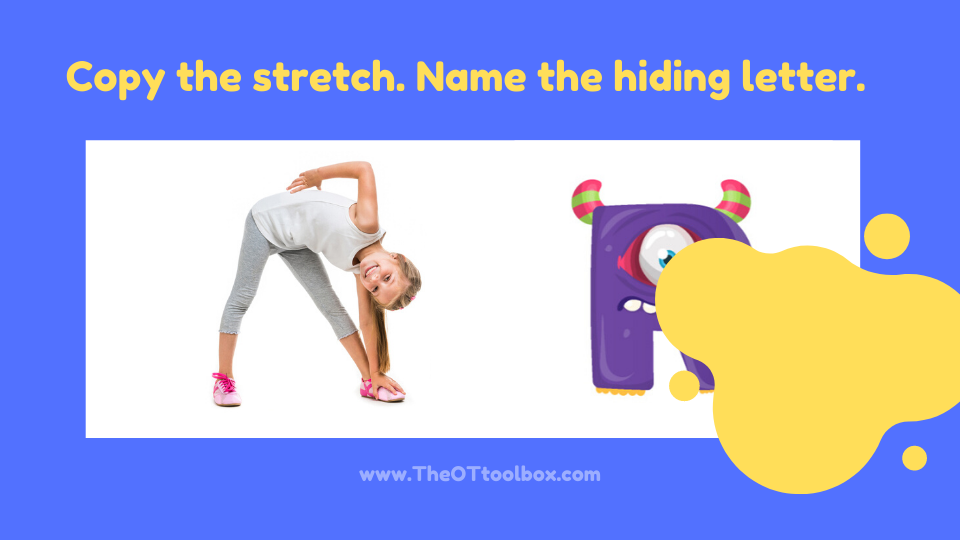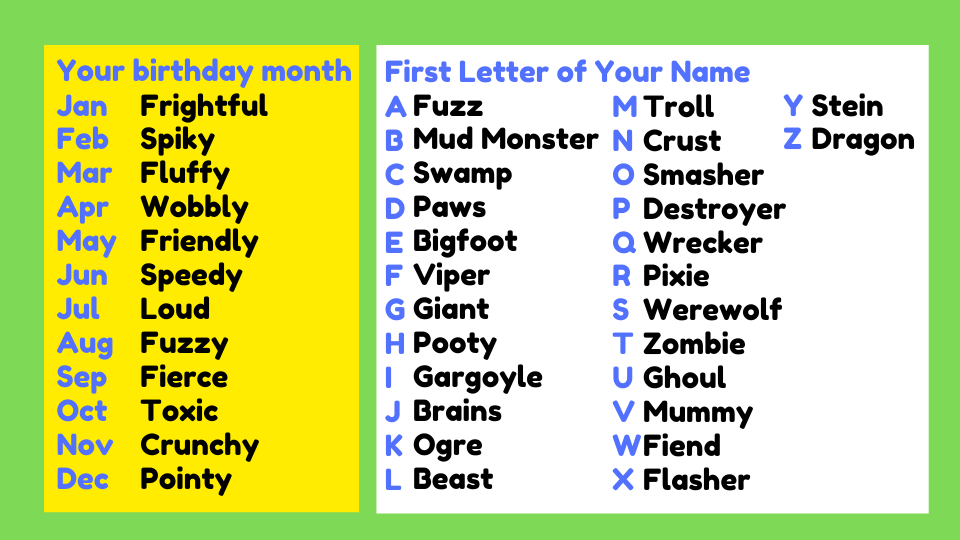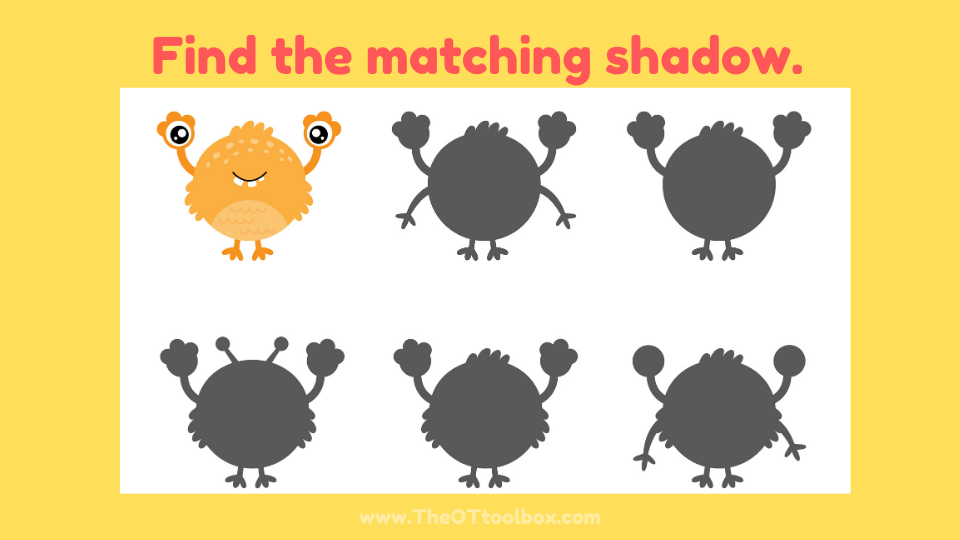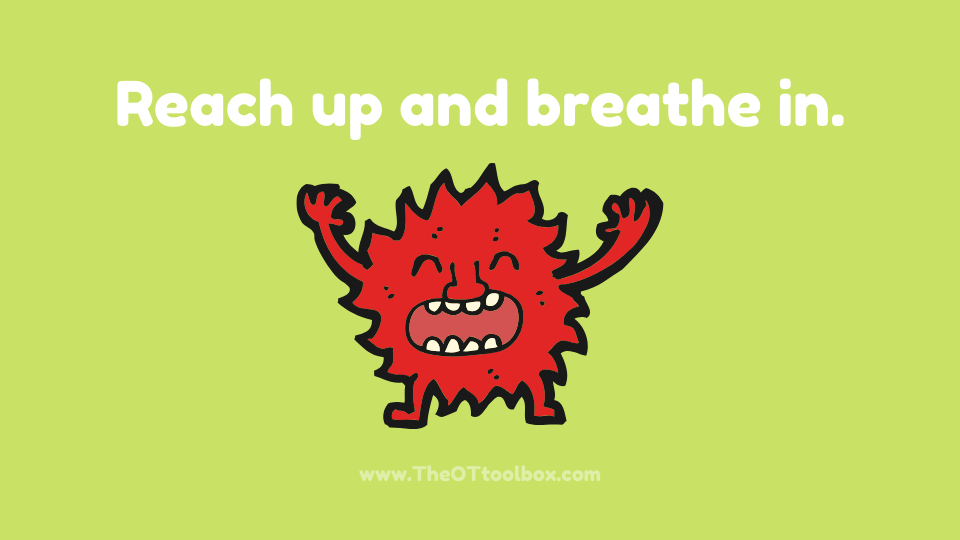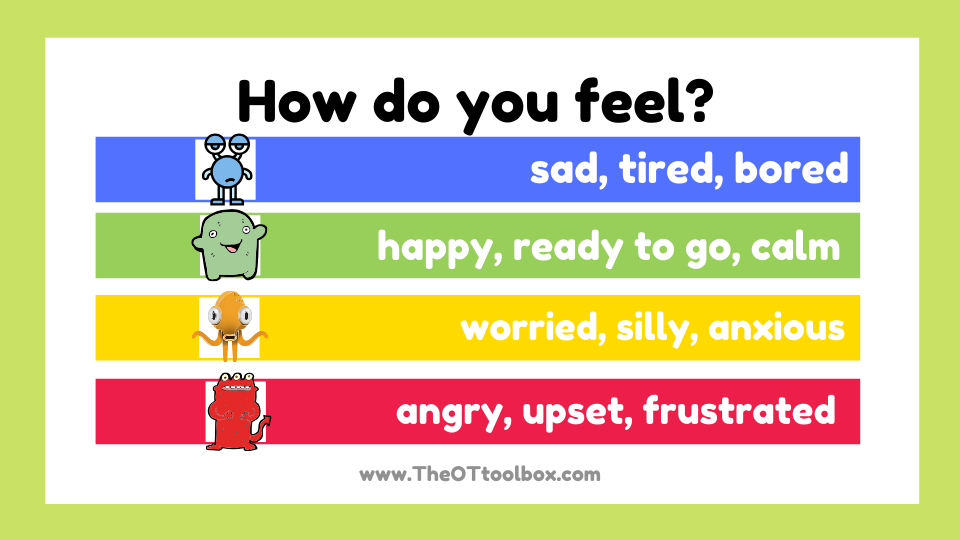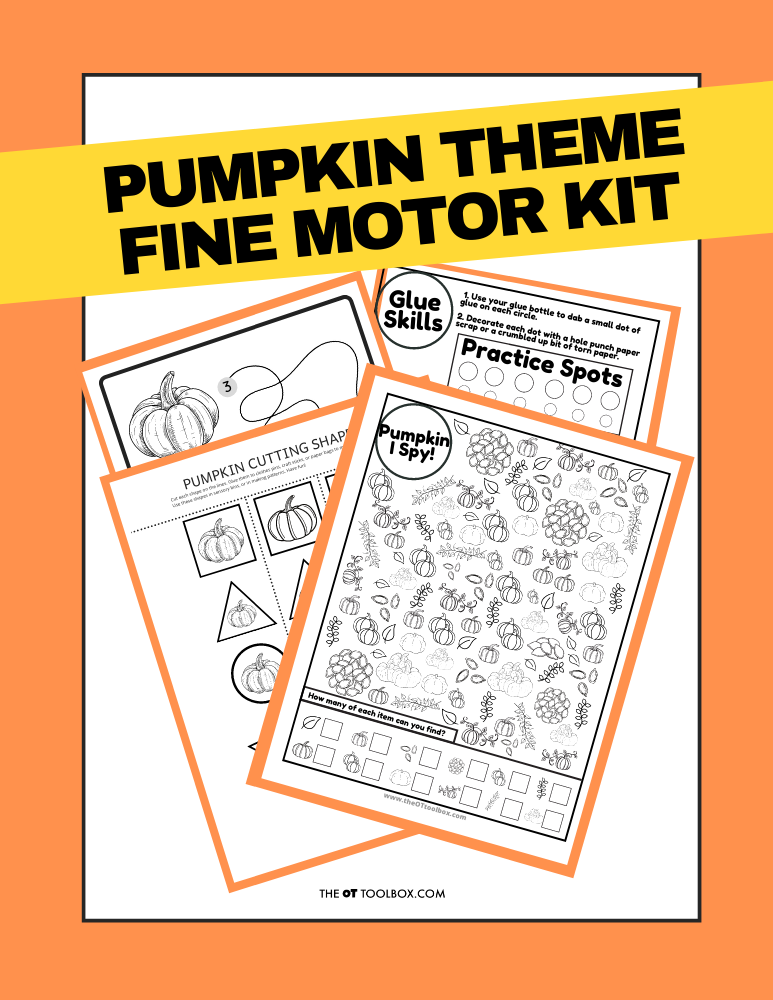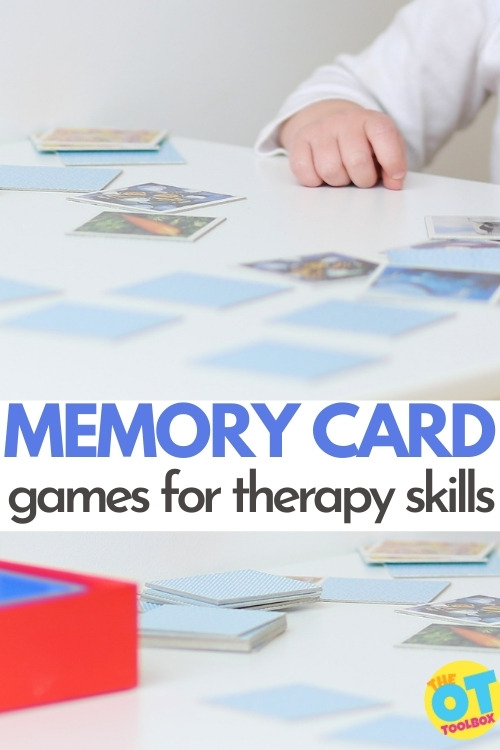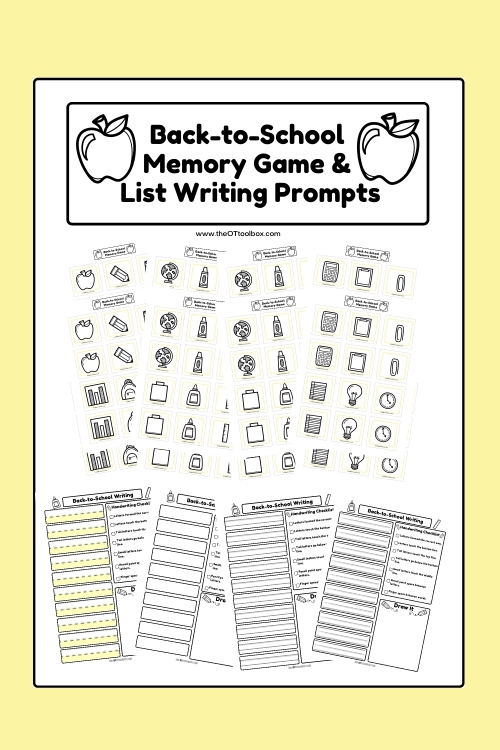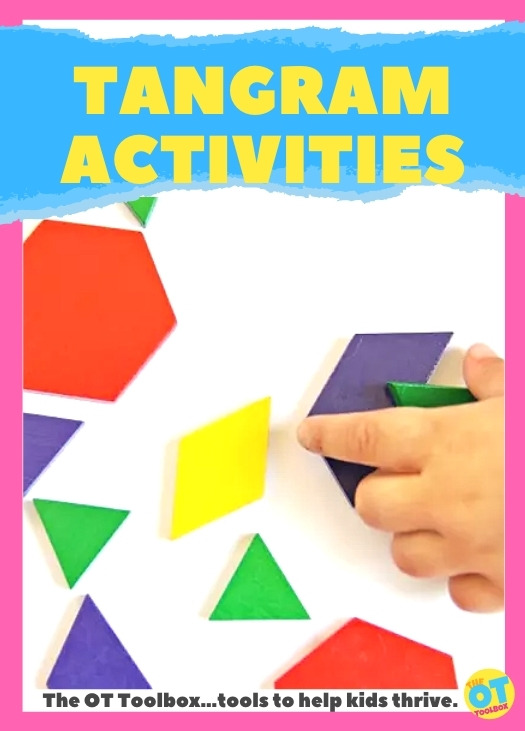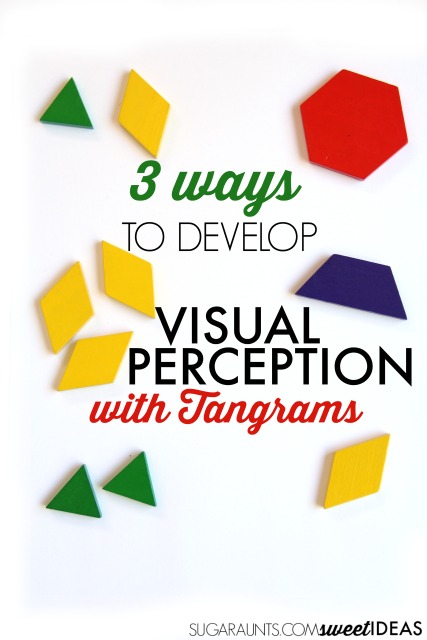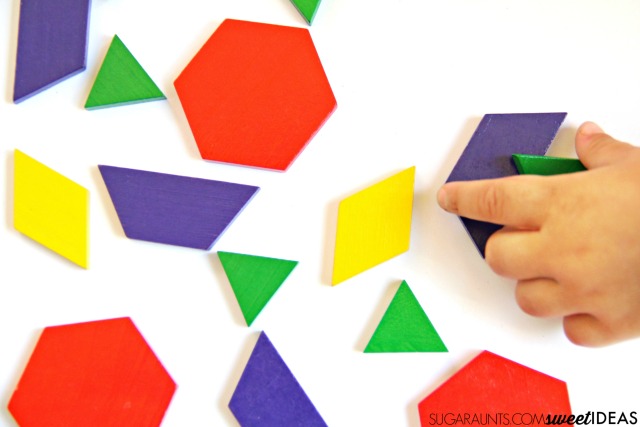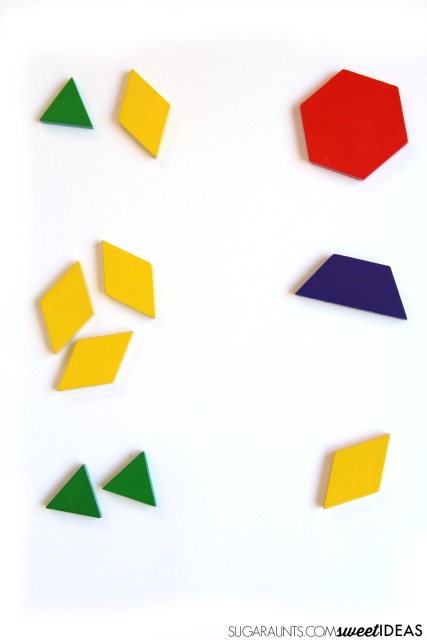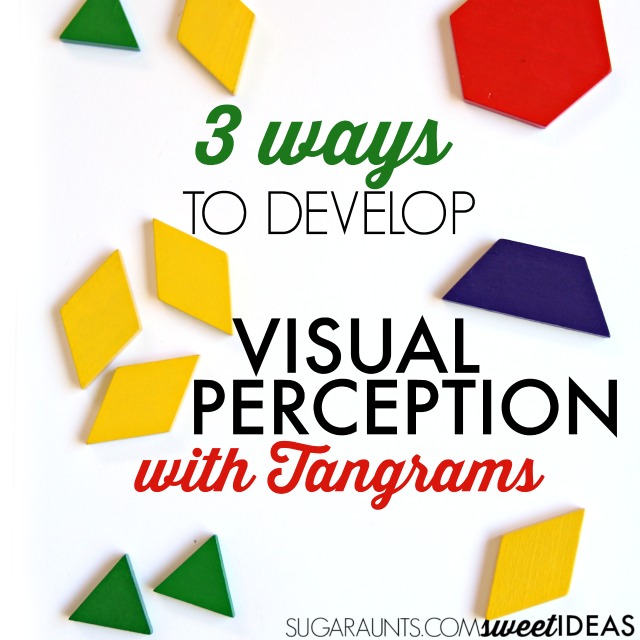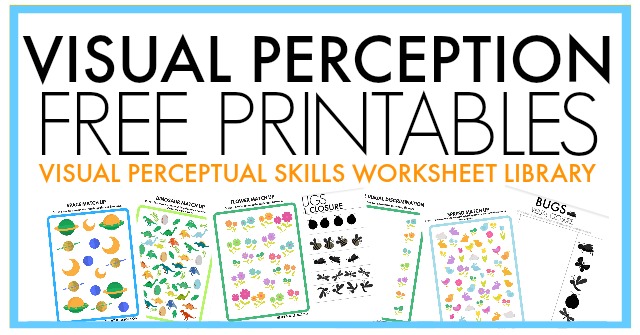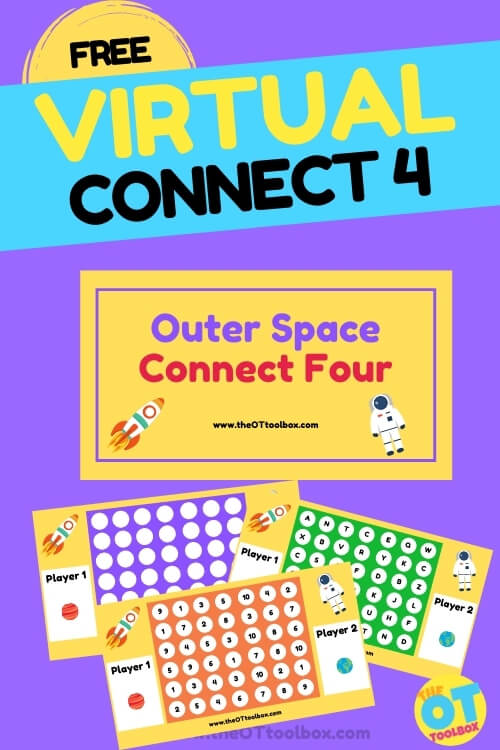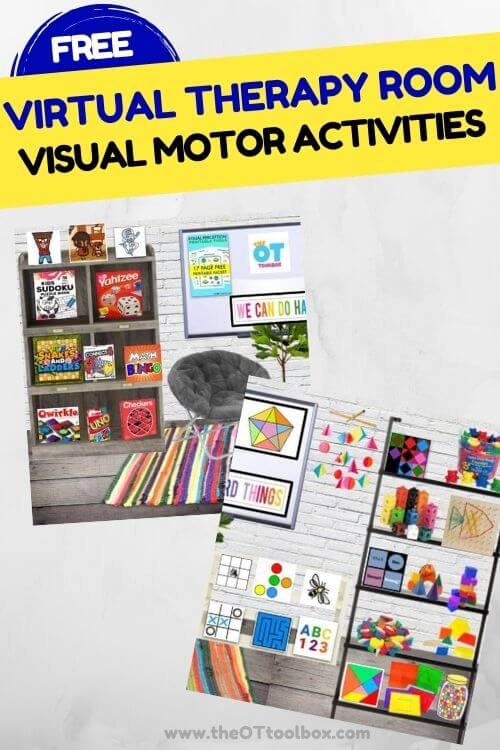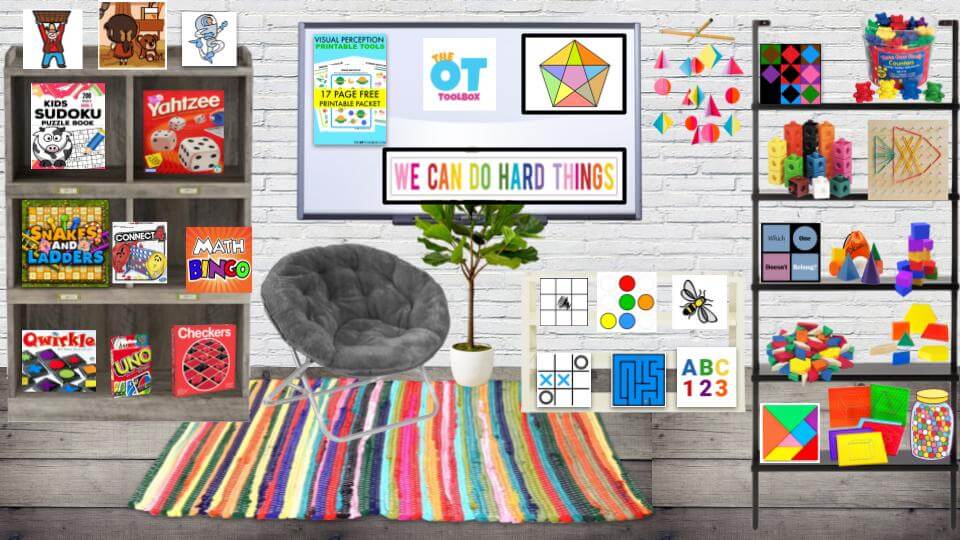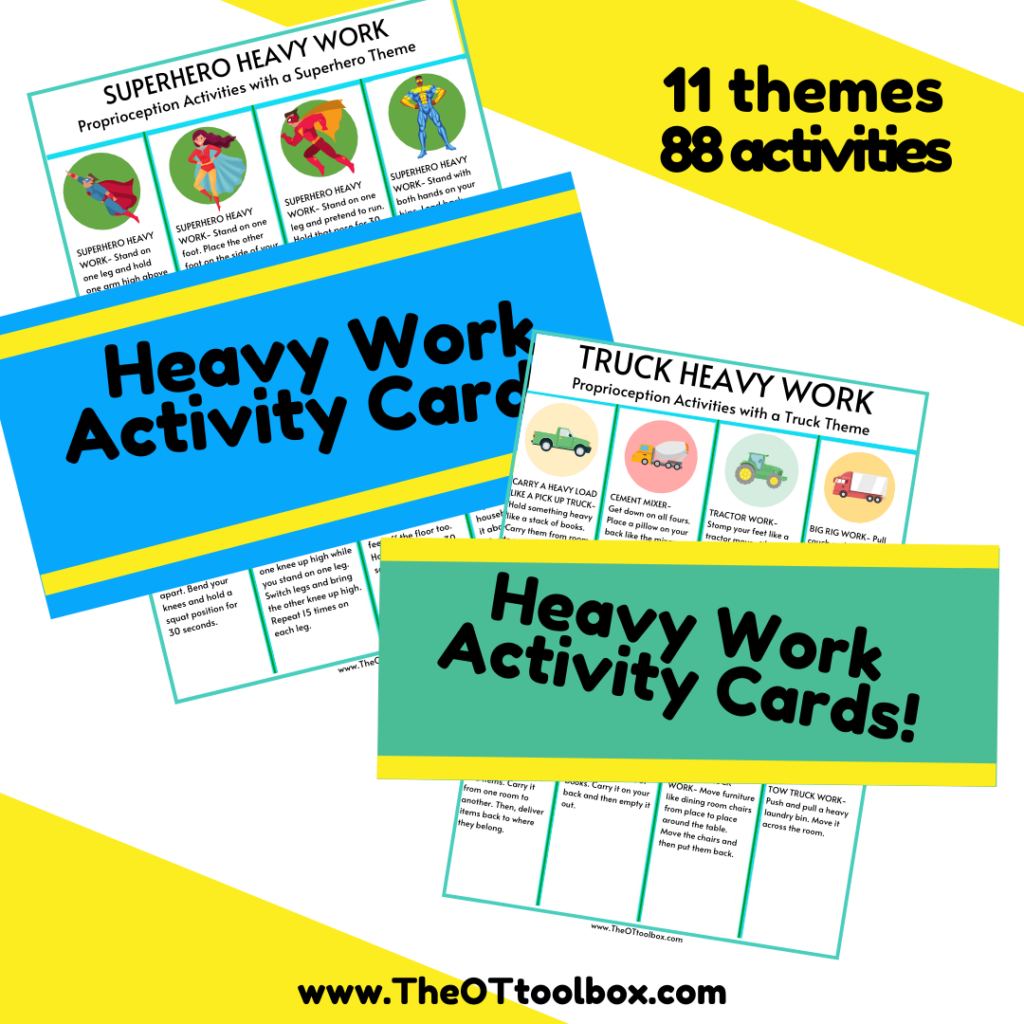Today, we have a fun scanning activities for reading using a printable visual scanning worksheet resource that supports the underlying visual skills to target scanning exercises. Plus, the scanning worksheet users will love the fun theme. Vision truly impacts learning so if we can support the areas of development that help a child thrive, we are moving in the right direction.
One of the ways that occupational therapy professionals support development is through meaningful occupations, and anything fun and playful is a winner when it comes to pediatric OT! This visual scanning worksheet is just that: a fun skill-builder!
There are many visual scanning activities that support functional participation. Here, we’re talking specifically about reading skills.
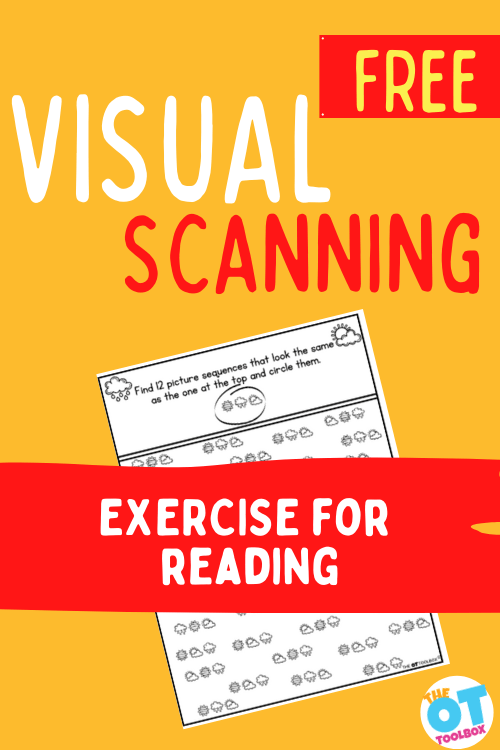
Visual Scanning and reading
The end of the school year might feel like coasting into the finish line, however it needs to be focused on meeting goals and preparing learners for summer reading.
Learners seem to have a love/hate relationship with reading. I believe the people who hate reading struggle with this task.
Becoming a proficient reader takes a combination of skills. Beyond vision, phonics, spelling, and letter recognition, are the visual perceptual skills needed to read fluently. One way to foster the needed skills is with an activity like the visual scanning worksheets shown below. It’s a printable resource that focuses on scanning activities for reading.
Visual scanning impacts reading in many ways.
- The child who struggles with letter reversals
- The child who labors with reading and commonly skips words or lines of words when reading.
- Saccadic eye movement, or visual scanning, is necessary for reading a sentence or paragraph as the eyes follow the line of words.
- Visual scanning allows us to rapidly shift vision between two objects without overshooting as when shifting vision during reading tasks.
- In copying written work, this skill is very necessary.
- Skips words or a line of words when reading or re-reads lines of text
- Must use finger to keep place when reading
- Poor reading comprehension
All of these aspects of reading can be an issue because of scanning challenges.
So what’s going on here, visually?
Visual scanning is one of several visual perceptual skills. These have been highlighted in posts before, but as a reminder, they are:
- Visual Attention: The ability to focus on important visual information and filter out unimportant background information.
- Visual Discrimination: The ability to determine differences or similarities in objects based on size, color, shape, etc.
- Visual Memory: The ability to recall visual traits of a form or object.
- Visual Spatial Relationships: Understanding the relationships of objects within the environment.
- Visual Sequential-Memory: The ability to recall a sequence of objects in the correct order.
- Visual Figure Ground: The ability to locate something in a busy background.
- Visual Form Constancy: The ability to know that a form or shape is the same, even if it has been made smaller/larger or has been turned around.
- Visual Closure: The ability to recognize a form or object when part of the picture is missing
All of these areas combined make up visual perception, and is part of the bigger picture of how our eyes work functionally.
Visual perception is the ability to organize and interpret the information that is seen and give it meaning. This is a common thread in therapy treatment, as it is the foundation for many activities addressed daily.
Visual perception is essential for reading, writing, math, self care tasks, instrumental activities of daily living, and play.
How to develop SCANNING Skills FOR READING
There are ways to support the development and accuracy of visual scanning skills when using visual scanning worksheets.
- Reading Readiness Skills- When my girls were young, the summer reading list meant a chance to earn a ticket to Six Flags from the school! It also meant a dollar per chapter book from mom and dad. I was out $61.00 just from one kid that summer. It was worth it.
In preparation we did a lot of scanning activities for reading readiness. These included worksheets like the ones offered on the OT Toolbox, as well as games. Amazon has their (affiliate link) visual perceptual games chunked into one search category.
This might include using reading prompts, desired books, and short reading passages or use of a short series of images, letters, or icons on visual scanning worksheets.
Other strategies include working on scanning the environment for details. Ask kids to look for items that are all one color, for example.
Another reading readiness activity that supports reading is I Spy activities like these I Spy colors game, I spy with real toys, and printable pages (Many are found in our Membership).
2. Visual Scanning Games- Some activities to develop scanning skills for reading include:
- Tricky Fingers
- QBitz
- Where’s Waldo
- Highlights Magazine
- Spot it Games.
3. Vision Activities– Also be sure to check out these vision activities for kids to support all of the underlying skills that impact reading and learning.
Specifically, be sure to check out these visual scanning activities that cover the full gamut!
4. Take a Deeper Look at What’s Going On- When assessing for reading difficulties, once you have ruled out visual acuity issues, use a screening tool or assessment to test for visual perceptual deficits.
The Motor Free Visual Perceptual Test, as well as the Test of Visual Perceptual Skills, assesses the different visual perceptual skills, broken down into different areas.
5. Visual Scanning Exercises- The free spring weather visual scanning exercise (grab it below!) is just a sample of the larger packet offered HERE on the OT Toolbox. Targeting scanning exercises doesn’t need to be complicated. Using simple three item series of images builds visual scanning skills.
Below you’ll find a free downloadable spring visual scanning exercise you can use to support visual scanning needed for reading skills. These activities include a weather and Spring theme, but you can use them all times of year. The sun and clouds themes work for everyone with fun scanning exercises kids love.
This visual scanning exercise is a great scanning activity for reading. It relies on visual attention, discrimination, memory, visual-sequential memory, and figure ground.
For more scanning work, grab the Spring Fine Motor Packet. This 97 page no-prep packet includes everything you need to guide fine motor skills in face-to-face AND virtual learning. Includes Spring themed activities for hand strength, pinch and grip, dexterity, eye-hand coordination, bilateral coordination, endurance, finger isolation, and more.
6. Visual Perception Activities- There are several posts this month highlighting Visual Perceptual Activities for Spring.
For some therapists, parents, and educators this scanning activity will be great worksheets for spring break, on those long rides to Grandma’s house.
Others will find these PDF sheets great for a spring lesson plan. Make a great packet of pages to send home, or do during class. You can laminate these pages to make them eco-friendly and reusable. Some people project these onto smart boards, however I personally prefer the added skills involved in writing on paper. However you choose to motivate your learners is the key to success.
DATA COLLECTION during scanning activities
Scanning activities for reading readiness are great for data collection. It is easy to measure the number of correct/incorrect guesses.
Of course, a scanning activity gets tricky when other factors such as impulsivity, attention, and compliance skew the data. Be sure to document these aspects of scanning that impacts reading skills as a functional task:
- Document the number of errors, while adding narrative about the learner’s behavior.
- Provide several different types of visual perceptual tasks to try and determine which specific skills (or combination) are deficient. This way your treatment can be more efficient, if you can hone in on one or two skill areas, such as visual memory, or scanning.
DOCUMENTATION of Scanning tasks to support reading
- Does your learner scan in sequential order, or all over the page?
- Are items completely missed when scanning?
- Is your learner taking their time, or making random guesses?
- Does your learner thoroughly look at all the choices before giving an answer?
Some of these questions are not easy to answer. Continue to provide different types of exercises in order to measure progress.
Progress is often the answer we seek, rather than “why do they do that?” Often doctors do not know the why, but have to try different things until they find something that works.
Use spring break (if you are lucky enough to have one) to rest and recharge for all of the fun spring activities that can be added to your treatment plans and OT Toolbox!
As a related resource, check out our blog post on types of eye specialists. Another great resource is our blog post on behavioral optometrists.
Free scanning activity Download to support reading skills
Want to add this printable scanning activity tool to your therapy toolbox?
Want to add this resource to your therapy toolbox so you can help kids thrive? Enter your email into the form below to access this printable tool.
This resource is just one of the many tools available in The OT Toolbox Member’s Club. Each month, members get instant access to downloadable activities, handouts, worksheets, and printable tools to support development. Members can log into their dashboard and access all of our free downloads in one place. Plus, you’ll find exclusive materials and premium level materials.
Level 1 members gain instant access to all of the downloads available on the site, without enter your email each time PLUS exclusive new resources each month.
Level 2 members get access to all of our downloads, exclusive new resources each month, PLUS additional, premium content each month: therapy kits, screening tools, games, therapy packets, and much more. AND, level 2 members get ad-free content across the entire OT Toolbox website.
Join the Member’s Club today!

Victoria Wood, OTR/L is a contributor to The OT Toolbox and has been providing Occupational Therapy treatment in pediatrics for more than 25 years. She has practiced in hospital settings (inpatient, outpatient, NICU, PICU), school systems, and outpatient clinics in several states. She has treated hundreds of children with various sensory processing dysfunction in the areas of behavior, gross/fine motor skills, social skills and self-care. Ms. Wood has also been a featured speaker at seminars, webinars, and school staff development training. She is the author of Seeing your Home and Community with Sensory Eyes.
NOTE*The term, “learner” is used throughout this post for readability and inclusion. This information is relevant for students, patients, clients, preschoolers, kids/children of all ages and stages or whomever could benefit from these resources. The term “they” is used instead of he/she to be inclusive.


